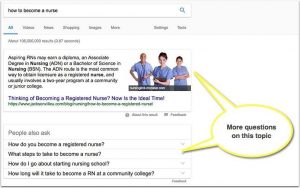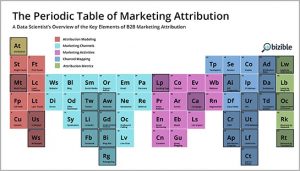Tips to stay compliant with Google’s email guidelines, plus best practices for data hygiene, domain authentication and privacy law adherence.

On Feb. 1, 2024, Google began enforcing spam guidelines for bulk email senders, warning senders to keep their spam rates reported in Google’s Postmaster Tools below .01%. Here are three steps email marketers can and should take now — even if they’re not “bulk” senders — to stay on Google’s good side and keep their email compliance up to speed, regardless of their ESP.
This article will lay out:
- Common mistakes we still see in email campaigns.
- Proactive strategies to address those mistakes before Google does.
- Gmail and Yahoo sending requirements to know like the back of your hand.
- Advanced techniques to reduce spam.
- How to buy time to comply and keep your most valuable customers engaged.
Common email mistakes that increase spam rates
There are four major categories of common mistakes:
- Poor CRM/data hygiene.
- A lack of domain authentication.
- A lack of compliance with privacy laws (CAN-SPAM, GDRP, etc.).
- A lack of compliance with new Gmail and Yahoo sending requirements.
Issues in any of those areas can be enough to fall out of line with Google’s requirements, so it’s time to get a handle on all of them.
Proactive strategies to get your email campaigns in compliance
1. Clean your subscriber list
Keeping your master subscriber list clean and organized is the best way to ensure a lower spam rate, yet we find it one of the most difficult requirements for our clients.
A clean list has a segment for inactive and/or unengaged subscribers and excludes them from campaigns. If you constantly send emails to records that don’t engage with you, the size of this audience will grow. That will quickly create problems with your spam rates and inbox placements.
It can be difficult to pare down the total send count, but if you keep up with your list hygiene, you are less likely to run into compliance issues. Always go for quality subscribers over quantity.
2. Double-confirm that your domain is authenticated
This is a vital component to ensure a low spam rate. Going through the authentication process with SPF, DKIM and DMARC will validate your domain as a legit sender, so your emails don’t get flagged as spam. Ensuring your domain is authenticated is easily done if you have a Litmus account (if you don’t have one, you should).
3. Stay on top of privacy laws
Complying with privacy laws is a must! Read up on the compliance laws for your audience types (CAN-SPAM for the U.S., GDPR for Europe). If you have audiences in other parts of the world, read through and understand the requirements to ensure you don’t run into any issues. And keep an ear to the ground about proposed legislation, including at the state level, so you can be ready if it gets enacted.
Gmail and Yahoo sending requirements to commit to memory
The new sending requirements Gmail and Yahoo released in February 2024 target parties sending emails to lists larger than 5,000 records. You should know these rules even if your lists are well below that threshold.
Along with domain authentication, they require providing an obvious, simple way to unsubscribe. Remember, sending emails relevant to the customer will minimize voluntary unsubscribes.
Constantly check your spam rate on Postmaster Tools — depending on how frequently you deploy your emails — to hover at or below .10% (and never above .30%).
Reference Litmus and Postmaster Tools to get advanced techniques for reducing spam
Understanding how to leverage Litmus and Postmaster Tools is a game-changer. Each tool will give insights specific to your email marketing to ensure compliance. The view you get in these tools goes beyond what you can pull within your ESP, so make them part of your regular reference checks to keep spam low.
For instance, Litmus checks domain authentication for SPF, DKIM and DMARC, alerting you if you’re out of compliance. Postmaster Tools provides a day-by-day view of your spam rate. A great way to monitor your average rate and ensure it does not exceed .10%.
How to engage your best users and buy yourself some time to get in compliance
There are things you can do to maintain email marketing even if it will be a while before you can get spam rates under the Gmail threshold.
- Review your master audience table to segment low-to-unengaged subscribers from upcoming deployments to gauge the impact on your spam rate.
- If the rate goes down, schedule sends to your low-to-unengaged subscribers at a different cadence than your more active users — or consider pausing the sends to this group altogether. That alone should address the “send wanted emails” initiative by keeping your focus on folks who have indicated interest in your emails.
Wrapping up
None of these steps should greatly impact your bottom line. They’re generally good, solid email practices that show respect to regulations, users and email providers.
What will affect your bottom line is getting tagged by Gmail and Yahoo and having your emails choked off for all users, even your most loyal ones. Take the right measures to stay in compliance, and you’ll have healthier and better-performing email campaigns to show for it.
The post Achieving a low Gmail spam rate: 3 essential steps appeared first on MarTech.
(25)
Report Post





